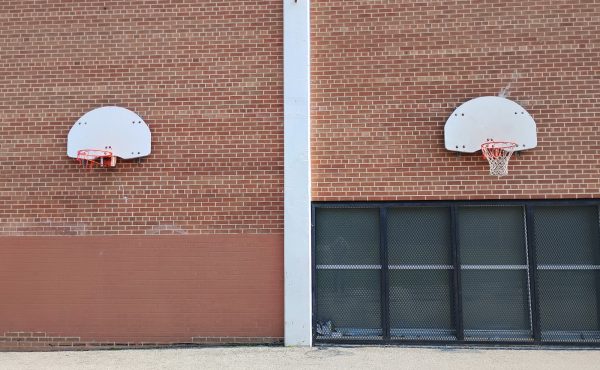
Last night I was at Cherry Beach watching the fireworks and lamenting the fact that I hadn’t brought a bathing suit to hop in the lake. When I told this to a friend, he gave me the look your mother used to give you when you told her you’d eaten Taco Bell for lunch. It’s a shame this is the dominant attitude about the water in the city, though it’s not unjustified. The Post even lists a trip to the islands to go swimming as on its top ten list of “lesser-known” Toronto summer activities.
In case you missed it, there was a big article in the Star over the weekend about the ongoing effort to clean up the beaches. The article asks: “Should every last beach be made safe for swimming, or should we aim for a more modest goal?” It’s tough to think we should aim for anything less than clean water, not just for our own sake, but for the environment as well, but the problem is complex. Here’s a somewhat unsavoury excerpt about the sources of pollution:
The biggest is the flood of contaminated water that washes into storm sewers from streets, parking lots, roofs and lawns when it rains. There are 2,600 outfalls throughout Toronto: About 100 discharge directly into the lake; the rest flow into the rivers and creeks. They disgorge a witch’s brew of garbage, toxic metals, animal feces, oil, fertilizer and pesticides. In the older, central city, storm and sanitary sewers are combined, so human wastes spice the stew.
The article also discusses the new sewage treatment plant in the west end that should make Sunnyside swimmable 70% of the season instead of 10%, which is good news for the underused facility. Here is a description of how these tanks work and how they’re changing the water quality in the city.
Swimming in the water is something most Torontonians liken to leaping into a vat of radioactive waste, but the article reminds us that 6 of the 10 are swimmable, including 4 which have the blue flag, an international indicator of clean, safe beaches. While some have criticized the blue flag program as a way for council to ignore the greater problem of pollution in the lake, it remains the brightest symbol of hope that the beaches may be swimmable one day. You can find daily measurements of water quality at this official website, as well as a description of the blue flag program.
Keeping the beaches clean is not only the job of the city, however, but also the public. Not feeding the birds, for example, can help a lot. Michael D’Andrea, the director of water infrastructure management, reminds us that the city cannot do it all, and that “[t]he public needs to take some carriage of it.”



4 comments
It would be hard to say the city isn’t doing enough to clean up the beaches. They are spending a lot of money on the storm water project that might improve Torontian’s lives more if spent on transit or housing.
The question is will people start swimming when the water has been cleaned up? Is the problem more psychological then bacteriological?
Hanlans Point on the weekend is full of people, packed wall to wall, like Fort Lauderdale at spring break. So, slowly, starting at Hanlans, TO is developing beach culture.
I agree with Darwin that there is a psychological barrier to using the water. The article in the Star pointed out that our water quality guidelines are stringent by Canadian standards, and very much so when comparied with European ones. I believe if the city continues to work towards cleaner water, at some point the barrier will break.
I sincerely hope the barrier will break. However, dirty or clean, Lake Ontario is too c-c-c-cold for swimming.